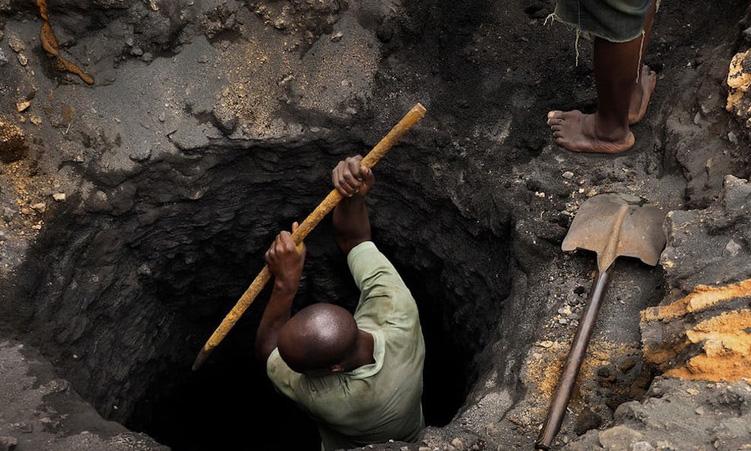China yesterday announced the surrender of hundreds of people over anti-government riots among Tibetans and allowed the first group of foreign journalists to visit the regional capital since the violence.
The moves appear calculated to bolster government claims that authorities are in control of the situation and that the protests that began peacefully were acts of destruction and murder. The protests embarrassed and frustrated the government ahead of this summer’s Beijing Olympics, leading it to flood Tibet with troops and ban foreign journalists.The protests took a violent turn on March 14, when rioters set hundreds of fires in Lhasa and attacked ethnic Chinese.State-run media announced that more than 600 people had turned themselves in to police in the Tibetan capital, Lhasa, and in Sichuan province, where unrest also broke out.Police also had published a list of 53 people wanted in connection with the riots, the official Xinhua News Agency reported.At least 29 people have been formally arrested.The first several hours of the visit gave the group only a limited glimpse of Lhasa.Although Chinese state television has been repeatedly showing scenes of damage from the riots there was little visible destruction in the areas of Lhasa where reporters were taken.Armed police in camouflage uniforms were stationed at several places that appeared to be government offices.Machine guns were strapped across their chests, the highest state of readiness.Asked to comment on the government-organised trip, the Dalai Lama called it a “first step” and said he hoped the trip would take place “with complete freedom.Then you can access the real situation.”The uprising was the broadest and most sustained against Chinese rule in almost two decades.Thousands of troops and police have been deployed to contain the unrest.The government says at least 22 people have died in Lhasa; Tibetan rights groups say nearly 140 Tibetans were killed, including 19 in Gansu province.Nampa-APThe protests embarrassed and frustrated the government ahead of this summer’s Beijing Olympics, leading it to flood Tibet with troops and ban foreign journalists.The protests took a violent turn on March 14, when rioters set hundreds of fires in Lhasa and attacked ethnic Chinese.State-run media announced that more than 600 people had turned themselves in to police in the Tibetan capital, Lhasa, and in Sichuan province, where unrest also broke out.Police also had published a list of 53 people wanted in connection with the riots, the official Xinhua News Agency reported.At least 29 people have been formally arrested.The first several hours of the visit gave the group only a limited glimpse of Lhasa.Although Chinese state television has been repeatedly showing scenes of damage from the riots there was little visible destruction in the areas of Lhasa where reporters were taken.Armed police in camouflage uniforms were stationed at several places that appeared to be government offices.Machine guns were strapped across their chests, the highest state of readiness.Asked to comment on the government-organised trip, the Dalai Lama called it a “first step” and said he hoped the trip would take place “with complete freedom.Then you can access the real situation.”The uprising was the broadest and most sustained against Chinese rule in almost two decades.Thousands of troops and police have been deployed to contain the unrest.The government says at least 22 people have died in Lhasa; Tibetan rights groups say nearly 140 Tibetans were killed, including 19 in Gansu province.Nampa-AP
Stay informed with The Namibian – your source for credible journalism. Get in-depth reporting and opinions for
only N$85 a month. Invest in journalism, invest in democracy –
Subscribe Now!










